Discover Alsace, France
-
Discover Alsace – The German Influence
Alsace is where French charm meets German tradition (roots that stem from historic battles for regional control), creating a region that feels like two cultures in one. From fairy-tale villages to hearty food and world-class wine, it’s the perfect backdrop for a European hiking vacation.
Spot the Influence:
- Hear the Elsässisch dialect alongside French in village streets and bilingual street signs
- Wander storybook towns with colorful half-timbered houses, a style more commonly found in Germany
- Explore fortified villages like Riquewihr and Bergheim
- Discover rings of narrow streets that encircle the town of Eguisheim, with the houses themselves forming ramparts that would hinder any attack
- Taste the region through Riesling, Gewürztraminer, and tarte flambée
- Walk between vineyards and the rolling Vosges Mountains
Check out our blog: Why Walk the Alsace Wine Route?
![Discover Alsace – The German Influence]()
-
Taste of Alsace
Alsace is famous for its crisp Rieslings and Gewürztraminers, but it’s also France’s top beer-producing region. Pair that with hearty dishes shaped by both French and German traditions, and you’ve got a food lover’s paradise to enjoy between hikes.
Alsace Food & Drink Highlights
- Wine & Beer: Sip world-class white wines or raise a frothy stein in France’s main beer region
- Choucroute: Sauerkraut with an Alsatian twist, flavored with juniper and sometimes served with fish or sausages
- Baeckeoffe: A slow-cooked casserole of potatoes, onions, onions, meat, and Alsatian white wine
- Flammekeuche: Also known as Alsatian pizza, topped with crème fraîche, onions, and lardons
- Hearty Traditions: Pork, potatoes, and cabbage feature heavily in this region’s rustic, comforting cuisine
![Try the Reisling Pouring crisp white wine into 3 wine glasses]()
-
How do I get to Alsace, France?
Alsace is in northeastern France, along the border with Germany and Switzerland. Alsace sits in the upper right corner of France, just across the Rhine from Germany’s Black Forest region. Its capital city is Strasbourg.
Many US and Canadian travelers can fly direct into Paris (CDG) and take a train to reach Sélestat. Or you may wish to take a connecting flight to Strasbourg (SXB) or Basel Airport (BSL) for a shorter train journey.
After your flight, it’s easy to reach Sélestat in Alsace by public transportation:
• From Paris Charles de Gaulle (CDG), high-speed TGV trains reach Sélestat in about 3 hours
• From Basel Mulhouse Freiburg Airport (BSL), a bus & train connection takes about 1.25 hours
• From Strasbourg Airport (SXB), several train options can take 40min-1hrTrain timetables and ticket prices can be found at www.sncf.com/en. Please check the SNCF website for more details on schedules and prices.
![How do I get to Alsace, France?]()
-
5 Interesting Facts About the Alsace Region
Culture & Traditions of Alsace
Alsace isn’t just about vineyards and villages. Walk through the region, and you’ll uncover centuries of tradition, from music and traditional dress to castles and crafts. Festivals, local art, and the famous Alsace Wine Route add rich layers to your walking holiday.Alsace Cultural Highlights
- Traditional Dress: At village festivals, you may see locals in 18th-century dress, with women in velvet skirts and black headdresses and men in bright waistcoats and hats.
- Music and Dance: Folk “oum-papa” music, with German and Swiss roots, brings villages alive with dance and song.
- Alsace Wine Route: Stretching 170 km/106mi, this famous wine route winds its way through vineyards and picturesque medieval towns and villages.
- Medieval Castles: Over 500 castle ruins dot the Vosges Mountains, their dramatic silhouettes evoking the region’s medieval past. See our blog: The Chateaux of Alsace to learn more.
- Local Artwork: Soufflenheim and Betschdorf potteries create colorful cookware used in Alsatian kitchens for generations. Also famously made here are white wine glasses (not surprising!), linen napkins, and Christmas decor.
![5 Interesting Facts About the Alsace Region]()



















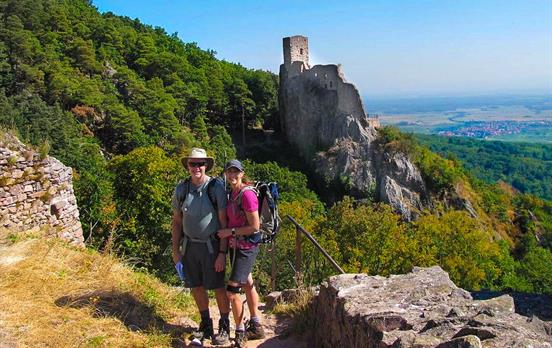
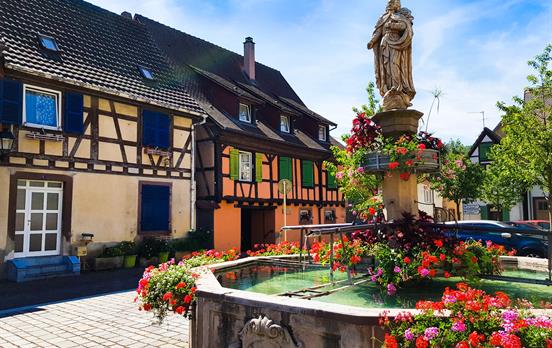
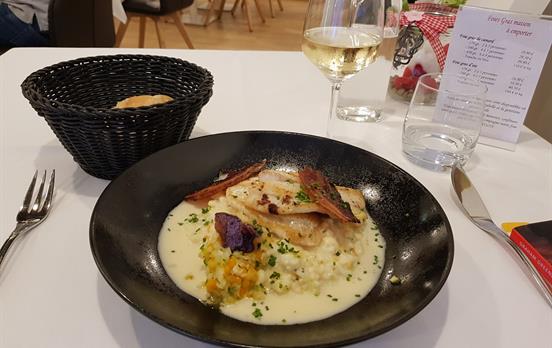

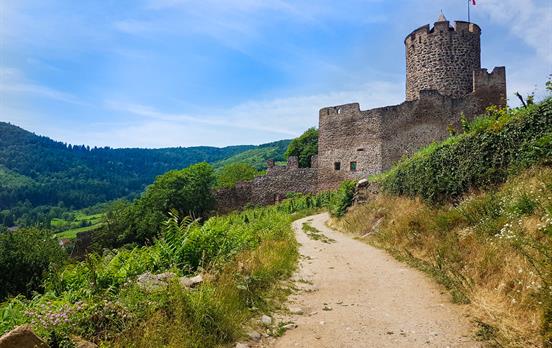
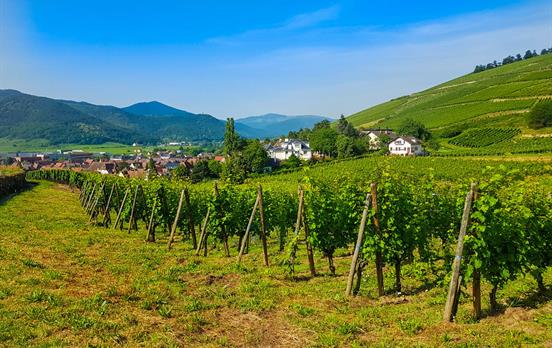


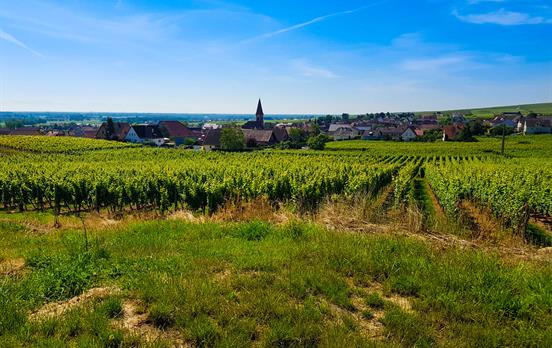
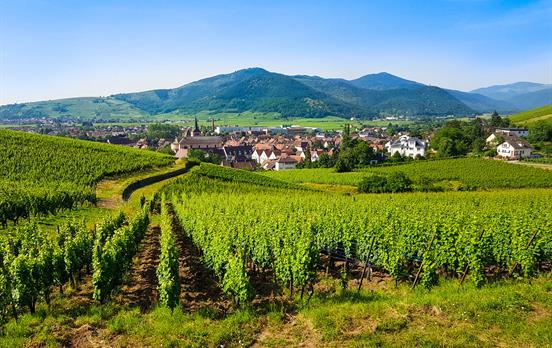

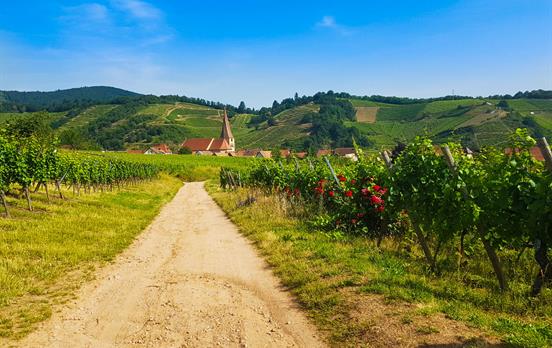
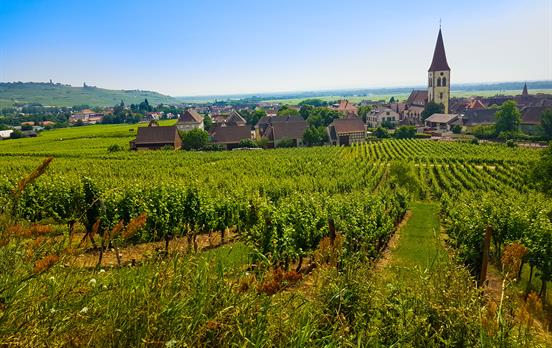












 Canada
Canada